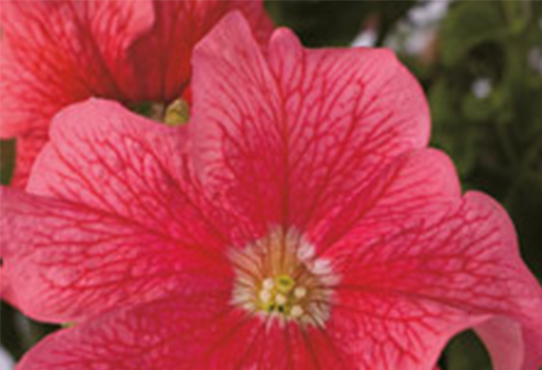| Bio-art pioneer ponders a new audience for his work.
When Eduardo Kac first visited Duke in 2000, few people had heard of "bio-art"— art that relies on biological technologies and phenomena to create new aesthetics. Kac (pronounced "cats") had coined the term only three years earlier, when he had had a microchip implanted in his leg to illustrate the merging of the physical body with technology. The work raised provocative questions about individual agency, surveillance, and how technology is altering what it means to be human. Photo: Bizarre bouquet
Edunia, a “plantimal” with Kac’s DNA expressed in the flower’s red veins. Rik Sferra
Eleven years later, Kac returned to Duke as part of the Visiting Artist Lecture Series, where he discussed how the explosion of biolotechnology during the past decade has shaped his art. Those discoveries "create new social relationships, images of the human, [and] new life forms," Kac said in an interview before his talk. Kac's works often challenge viewers to confront those shifting boundaries in unusual ways. For one of his pieces, for example, he spliced his own DNA into a living petunia, creating a flower he calls "Edunia." "Art as we know it has always been made by humans, for humans," he told the audience. "I am interested in creating art that is not primarily for humans." |

Share your comments
Have an account?
Sign in to commentNo Account?
Email the editor